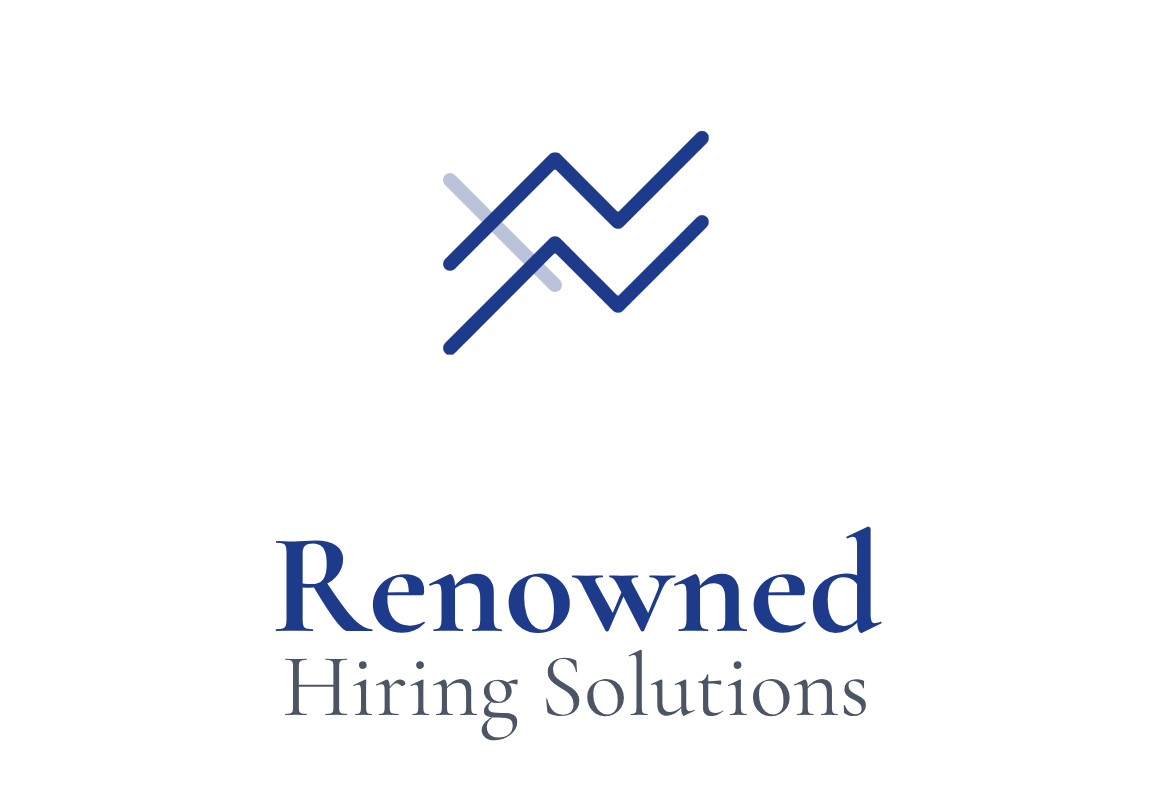The End of the Order Taker: Recruiting’s Necessary Pivot to Strategic Consulting
Why Your Talent Acquisition Function is Living on Borrowed Time—And How to Save It
As the year closes, many of us are compiling forecasts and budgeting for the next wave of talent needs. We look at the familiar metrics: Time-to-Fill, Cost-per-Hire, and candidate volume. And in doing so, we are dangerously looking backward.
The most provocative truth for every HR and hiring leader today is this: The traditional corporate recruiter is an endangered species.
The transactional, reactive “Order Taker” role—defined by years of posting jobs, screening resumes, and scheduling interviews—has run out of runway. Not because the work isn’t important, but because Artificial Intelligence (AI) is about to commoditize 70–80% of it. The value proposition of moving a resume from an inbox to a manager’s desk is already approaching zero.
This moment is not a crisis; it is an Architectural Mandate. To survive and thrive, we must stop playing defense and proactively build the future role: the Talent Advisor.
1. The 80/20 Rule: The AI Subtraction
The core of this transformation is subtraction. AI—specifically the rise of Agentic AI—will systematically eliminate the administrative drudgery that currently consumes the bulk of a recruiter’s week.
| The 80% (What AI Will Do) | The 20% (What Humans Must Own) |
| Sourcing: Autonomous agents scour the global talent pool 24/7, generating pre-vetted shortlists. | Strategic Market Mapping: Advising leadership where to hire based on predictive labor supply and demand data. |
| Screening: AI parses resumes, conducts initial behavioral screens, and administers skills assessments. | Complex Negotiation & Closing: Handling the high-stakes, nuanced discussions around compensation, career arc, and cultural fit. |
| Logistics: Chatbots and systems manage all scheduling, status updates, and candidate communication. | Ethical Stewardship: Defining the unbiased criteria for AI, auditing for bias, and ensuring full transparency in the process. |
| Job Description Generation: Drafting and customizing job postings using GenAI. | Business Acumen & Consulting: Translating business strategy into long-term workforce architecture. |
The recruiter who still spends their day manually screening LinkedIn profiles or sending calendar invites is now competing against a tireless machine. The only way forward is to transition from process executor to strategic partner.
2. The Necessary Pivot: From Reactive to Predictive
For too long, Talent Acquisition (TA) has been an operational cost center, reacting to the business. The Talent Advisor function flips this script, becoming a proactive, revenue-aligned partner.
| Old Metric: Time-to-Fill | New Metric: Quality of Hire (QoH) |
| Old Focus: Fill the open requisition as fast as possible. | New Focus: Maximize the long-term performance and retention of every hire. |
| Old Behavior: Take the job order from the hiring manager and execute. | New Behavior: Analyze the business roadmap and proactively consult on the best talent strategy: Buy (hire), Build (train), Borrow (contractors), or Bot (automate). |
This shift demands a new language. We need to stop talking about “open reqs” and start speaking the language of “attrition risk,” “skill decay curves,” and “competitive talent concentration.” This requires our TA professionals to develop the business acumen to understand how their company actually makes money, ensuring every hiring decision drives organizational strategy, not just fills a gap.
3. The Human Currency: Empathy and Edge
In a world where 87% of initial application filtering can be automated, the candidate experience is the final, non-negotiable competitive differentiator.
AI accelerates speed, but it can be dehumanizing. The Talent Advisor’s greatest asset—the Human Currency—is the time recovered from administration, which must be reinvested in high-touch, empathetic, and sophisticated engagement.
The TA of the future is a hybrid of three roles:
- Data Analyst: They interpret predictive models and use data to influence VPs.
- Marketer/Storyteller: They master the employer brand, selling the career arc and cultural add to top passive talent.
- Ethical Steward: They are the “Human-in-the-Loop,” responsible for auditing algorithms for bias (per new regulations like NYC’s Local Law 144) and ensuring transparency.
The soft skill of Emotional Intelligence (EI) becomes the hardest, most valuable skill in the modern TA stack. We must train our teams on advanced consultation, complex persuasion, and active listening—capabilities AI cannot replicate—to close the 10x candidates who demand a highly personalized experience.
The Path Forward: An Executive Call to Action
The evolution is not optional. Inertia in the face of this technological wave is professional obsolescence. HR and hiring managers must lead the charge now with a three-point mandate:
1. Mandate the Upskill (The Learning Pivot)
Immediately shift training budgets away from “how to use LinkedIn Recruiter” to “People Analytics,” “AI Prompt Engineering,” and “Consultative Sales.” Certifications in AI Ethics and Generative AI for HR must become prerequisites for career advancement. You must empower your team to manage the agents, not be the agents.
2. Redefine Rewards (The Metric Pivot)
Stop rewarding volume and speed. Stop compensating based on how many boxes are checked. Tie performance, bonuses, and career progression exclusively to strategic metrics: Quality of Hire (QoH), Hiring Manager Satisfaction, and Candidate Net Promoter Score (cNPS). Measure the impact of the hire 12 months post-start, not the speed of the fill.
3. Embrace Internal Mobility (The Build Pivot)
The smartest hiring in the future is internal. Leverage AI’s skill-mapping capabilities to identify and redeploy existing talent. The Talent Advisor must partner directly with Learning & Development (L&D) to actively manage the internal talent marketplace. This “build-from-within” strategy is the most effective retention tool and the fastest way to fill critical skill gaps.
The recruiter’s job is not going away, but the person doing the job is changing fundamentally. The end-of-year message is clear: the Order Taker is dead. Long live the Talent Advisor—the indispensable strategic architect of the future workforce. Let’s start building that future today.










